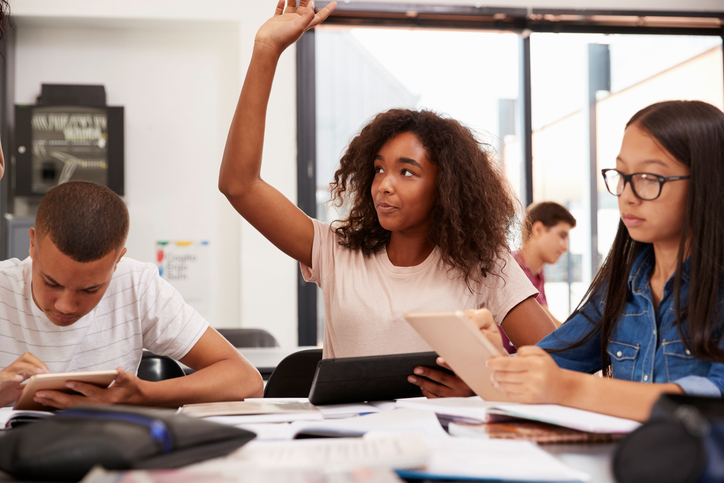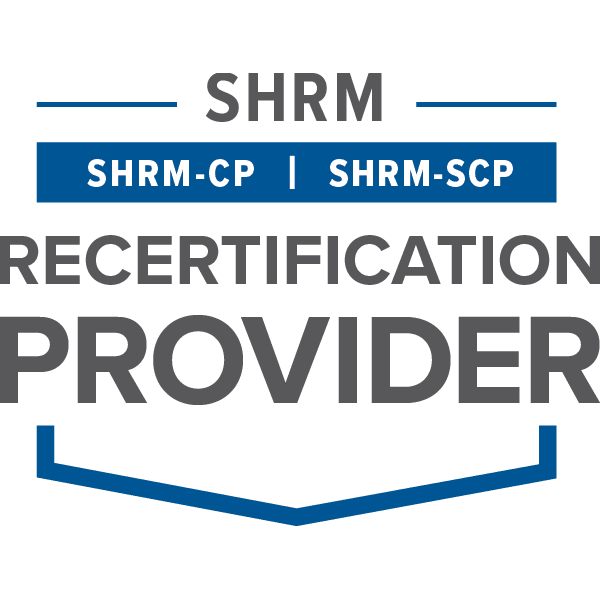
By Evan J. Cutts
In a test conducted by The Organization for Economic Co-operation and Development (OECD) in Paris, the first-ever assessment of collaborative problem solving (CPS) skills indicates that girls are the world’s best collaborative problem solvers.
In the 2015 Programme for International Student Assessment (PISA), students in 52 countries completed this test in the subjects of Science, Mathematics, and Reading. Students who performed well on the reading and math assessments also tended to be strong performers in CPS, and girls outperform boys in each country.
In an interview with CMRubinWorld, Andreas Schleicher, Director of Education and Skills and Special Advisor to the Secretary-General at the OECD on Education Policy, shared his thoughts on the findings.
“Girls show more positive attitudes toward relationships, meaning they tend to be more interested in others’ opinions and want others to succeed,” Schleicher commented.
Taking note of the global trend toward an “increasingly digitized economy,” Schleicher predicted that the next several years will see a shift in business models toward an emphasis on collaborative ability with people from different cultures, backgrounds, and perspectives.
If his prediction is accurate, today’s young women will find their skills and collaborative capabilities in high-demand. In fact, according to the 2015 Diversity Matters study, companies that valued and promoted gender diversity reported revenue increases of 15% in 2015.
“[PISA] data also shows that exposure to diversity in the classroom is associated with better collaboration skills,” says Schleicher. However, he adds that being able to effectively collaborate and problem solve is also valuable outside the context of the economy.
“Creating new value, as a transformative competency, denotes processes of creating, making, bringing into being and formulating and outcomes that are innovative, fresh and original, contributing something of intrinsic positive worth,” explains Schleicher.
“In these days, schools need to become better at preparing students to live and work in a world in which most people will need to collaborate with people from different cultures and appreciate a range of ideas and perspectives, trust and collaborate with others despite those differences, often bridging space and time through technology. Students will need to be prepared to live in a world in which individual lives will be affected by issues that transcend national boundaries.”
The OECD, PISA, and top-executives agree that collaboration, diversity, and inclusion are the future culture of social and economic prosperity. And today’s young women will be leading the charge.


